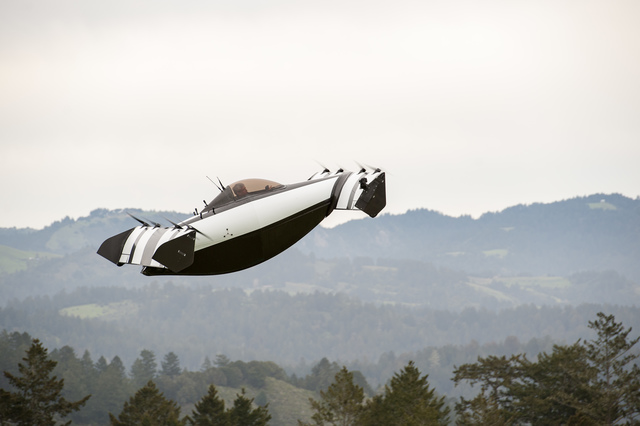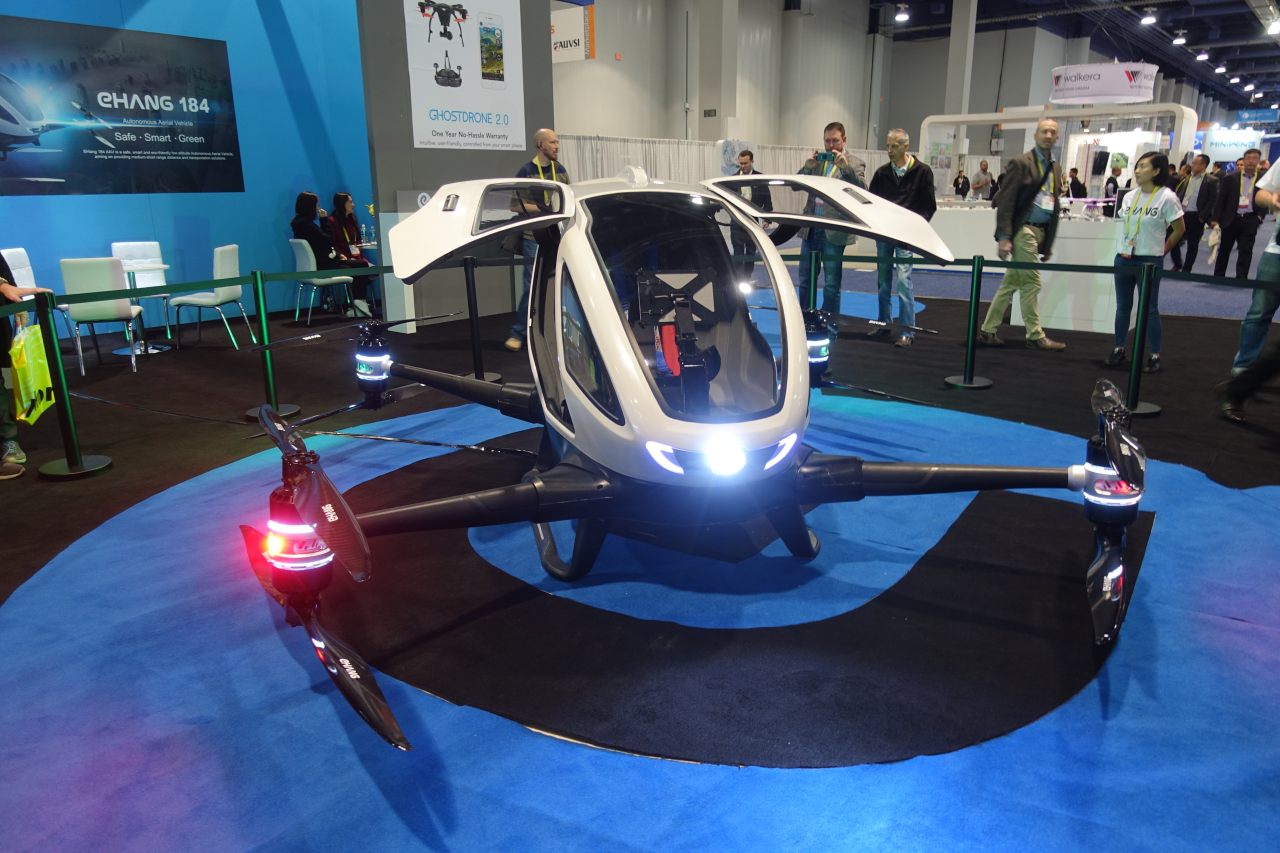A taxonomy of the many choices in flying cars
Submitted by brad on Mon, 2019-03-25 13:02
There are over 100 companies out there developing small VTOL "flying cars." And they're all making different decisions on several important design choices. I've written a breakdown of the key design decisions and what they mean, which forms a sort of taxonomy.





 Everybody here is in shock over the destruction and death from the recent California fires, and I, like many, have even fled the coast for the mountains as the air in the San Francisco Bay area remains unsafe. Videos of people escaping down burning streets send chills into those who watch them.
Everybody here is in shock over the destruction and death from the recent California fires, and I, like many, have even fled the coast for the mountains as the air in the San Francisco Bay area remains unsafe. Videos of people escaping down burning streets send chills into those who watch them.

 There are several things notable about Waymo's pilot:
There are several things notable about Waymo's pilot: